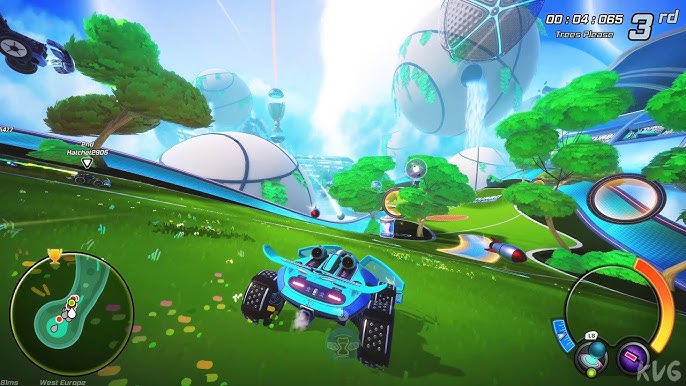Track Architecture
Every Turbo League arena is engineered to dissect drivers in escalating phases. Ion Driftway is no exception. The moment you enter its shimmering launch corridor, the system begins syncing with your movement. At first glance, the circuit appears smooth — but within seconds, surfaces flicker, boost pads reroute, and the track beneath you shifts as if alive. Disorientation is part of the design — curving segments that loop on themselves, false visual cues injected through corrupted HUD data, and terrain programmed to fold, collapse, or redirect with no warning. Gravity bends mid-turn, and you’re not just racing your opponents — you’re racing the track’s own will to throw you off balance. Hazards emerge beyond render distance. Holographic walls become solid at speed. Static discharges pulse from under your wheels. And if you fall behind the system’s rhythm, it punishes immediately — through friction pulses, momentum drain, or forced inertia breaks. The deeper into the lap you go, the more resistance you face. Escape? Technically possible. But only for those who can drift through collapsing tunnels, boost between glitch gates, and ignore every flashing system alert trying to warn them to stop. There are no indicators. No map assist. Just raw input, instinct, and split-second reactions. Pressure here doesn’t just exist — it multiplies. Every second you remain on the track, it studies you, recalibrates, and evolves. Ion Driftway wasn’t designed to host a race — it was built to reject the unworthy. In this simulation, stalling isn’t a mistake — it’s a crash countdown. And forgiveness? It’s just not part of the track logic.
Enter the Circuit’s Blackline